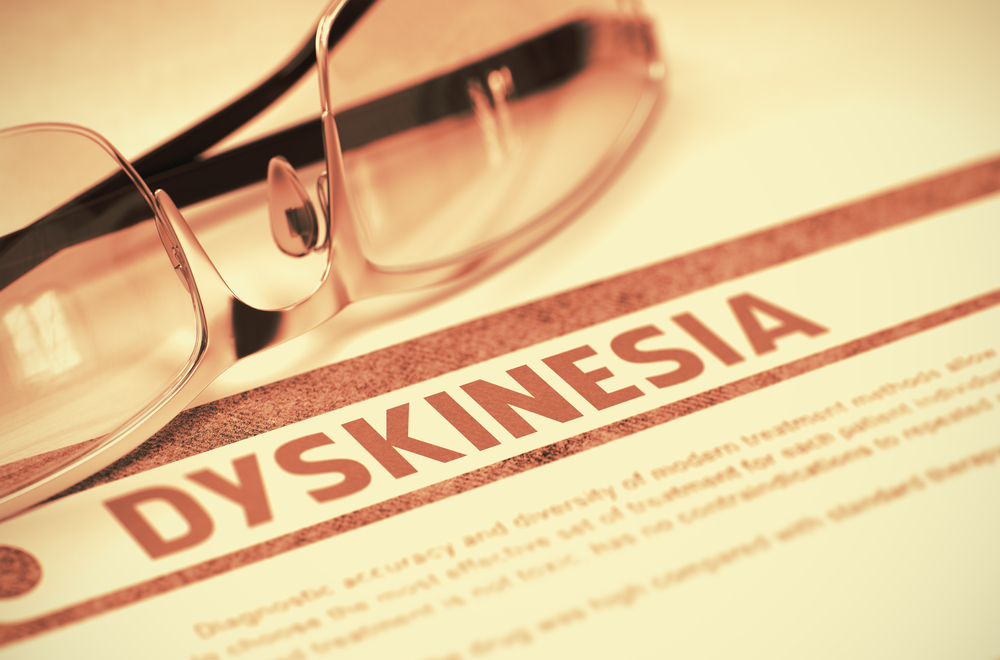Effective Strategies for Managing Involuntary Muscle Movements in Parkinson’s Disease
This comprehensive article explores effective strategies for managing involuntary muscle movements in Parkinson’s disease. It discusses causes, symptoms, and advanced treatment options such as medication adjustments and surgical procedures like deep brain stimulation. Emphasizing personalized care, the article provides insights into minimizing dyskinesia's impact on patients' quality of life and highlights the importance of ongoing research for better therapies. Ideal for patients, caregivers, and healthcare professionals, it offers a thorough understanding of managing this challenging aspect of Parkinson’s disease.

Understanding and Managing Involuntary Muscle Movements in Parkinson’s Disease Patients
Involuntary muscle movements, medically known as dyskinesia, are a prevalent challenge faced by individuals living with Parkinson’s disease. These spontaneous muscular contractions and jerks can significantly impact daily life, ranging from subtle twitching to more pronounced, dance-like motions that involve various parts of the body, including the face, arms, legs, and torso. As the disease progresses, these involuntary movements can become more intense and difficult to control, often leading to physical discomfort and emotional distress for patients.
The Impact of Dyskinesia on Quality of Life
Patients experiencing dyskinesia may notice a spectrum of symptoms: some might only have mild rigidity or occasional twitches, while others face uncontrollable, rhythmic movements that resemble dancing or writhing. These symptoms can interfere with normal activities such as walking, speaking, or even resting, thereby diminishing the overall quality of life. Long-term use of Parkinson’s medications, especially levodopa, is often associated with the development or worsening of dyskinesia, creating a complex challenge for clinicians and patients alike in managing the disease effectively.
Current treatment strategies primarily focus on minimizing these involuntary movements through medication management. Medications such as levodopa and entacapone are used to control symptoms by supplementing dopamine levels. However, the chronic use of levodopa can sometimes lead to increased severity of dyskinesia, posing additional challenges in disease management. Therefore, a personalized approach is essential for optimizing treatment outcomes and improving patients’ quality of life.
What Causes Dyskinesia in Parkinson’s Disease?
Parkinson’s disease stems from a significant deficiency of dopamine, a vital neurotransmitter responsible for coordinating smooth and controlled muscle movements. The loss of dopamine-producing neurons in the substantia nigra part of the brain leads to characteristic motor symptoms like tremors, rigidity, and bradykinesia. Fluctuations in dopamine levels, often exacerbated by medication schedules, can trigger involuntary movements or dyskinesia. These fluctuations cause inconsistent stimulation of dopamine receptors in the brain, resulting in erratic muscle activity—manifesting as twitching, jerks, or dance-like motions.
Managing dyskinesia involves a multi-faceted approach that aims to restore balance in dopamine levels and minimize involuntary movements. Strategies include:
Collaboration with healthcare specialists to fine-tune medication types and dosages, which can help reduce the severity and frequency of dyskinesia episodes.
Utilizing advanced treatments such as amantadine in extended-release formulations, which can help stabilize dopamine activity and lessen involuntary movements.
Implementing medication schedules that optimize symptom control while minimizing side effects, including adjusting the dosage and frequency of levodopa administration.
Exploring surgical options such as deep brain stimulation (DBS) for severe cases where medication adjustments aren’t effective, offering improved motor control and reduced dyskinesia.
It’s essential for patients and caregivers to work closely with neurologists specializing in movement disorders to develop a tailored treatment plan that addresses their specific needs. Regular monitoring and adjustments are key to balancing symptom management with the side effects of long-term medication use.
In conclusion, while involuntary muscle movements pose a significant challenge in managing Parkinson’s disease, advances in medication, surgical interventions, and patient-centered care strategies have improved the quality of life for many patients. Ongoing research continues to seek innovative solutions that aim to further reduce dyskinesia and enhance motor function, offering hope for more effective and personalized therapies in the future.





